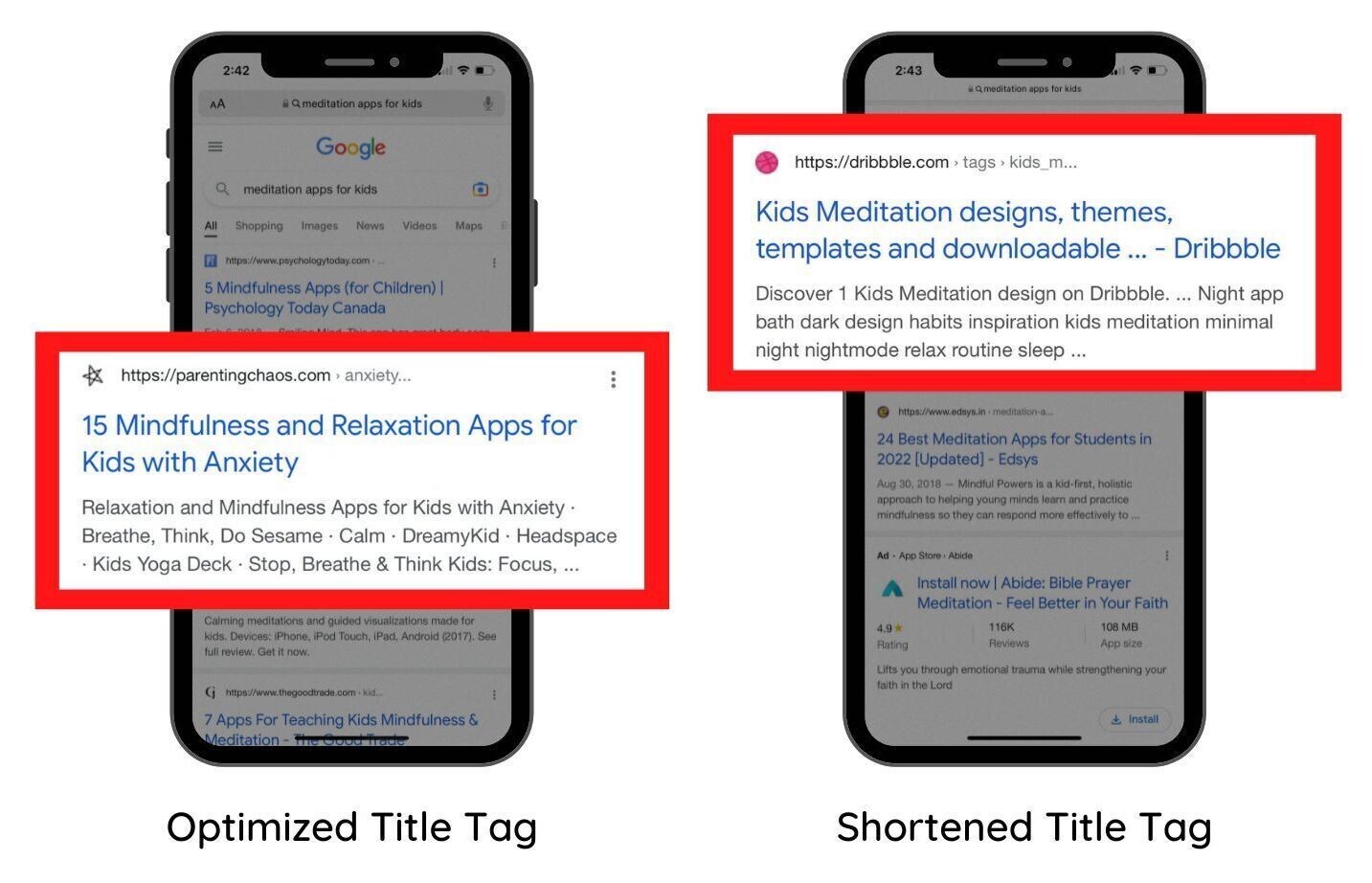
The Ultimate Guide to Mobile Optimization: Methods for Enhancing Internet Site Performance on Smartphones and Tablets
In a digitally-driven period where mobile devices have become the key ways of accessing the web, the significance of enhancing sites for mobile phones and tablet computers can not be overemphasized. As users progressively count on their portable devices to search, shop, and engage with on-line web content, organizations need to adjust to satisfy the progressing requirements of their audience. The techniques for boosting web site performance on mobile systems surpass plain adaptation; they incorporate a comprehensive strategy that includes receptive layout, speed optimization, material approaches, and user experience enhancements. By diving into the ins and outs of mobile optimization, companies can not only satisfy customer expectations however likewise stay ahead in a competitive digital landscape.
Value of Mobile Optimization
Mobile optimization plays an essential duty in enhancing customer experience and driving conversion prices in the ever-evolving digital landscape. With the boosting usage of smartphones and tablet computers for browsing the web, guaranteeing that websites are maximized for mobile phones has become vital for companies - Mobile Optimization. A mobile-optimized site not only adapts seamlessly to different screen dimensions but likewise lots promptly, offering customers with a smooth and satisfying browsing experience
In today's busy world, users anticipate instantaneous access to information on the go. An internet site that is not optimized for smart phones threats losing potential consumers as a result of reduce loading times or a bad customer interface. By buying mobile optimization, businesses can accommodate the demands of their mobile target market, leading to greater interaction and increased conversions.
Additionally, search engines like Google prioritize mobile-friendly sites in their positions, making mobile optimization necessary for enhancing visibility and attracting natural website traffic. Mobile Optimization. On the whole, the importance of mobile optimization can not be overstated, as it directly impacts customer contentment, conversion prices, and total organization success in the electronic world
Responsive Layout Methods
Carrying out receptive design strategies makes sure that sites dynamically adjust their format and content based upon the customer's gadget display dimension, providing a regular individual experience throughout different platforms. One of one of the most usual methods utilized in receptive style is creating fluid grids that permit web content to resize proportionally to the screen dimension. This makes sure that components on the webpage keep their family member spacing and arrangement, enhancing the watching experience for users on different devices.
In addition, using versatile images that can scale with the size of the viewport aids avoid photos from being chopped or distorted on smaller sized screens. CSS media queries play an important function in receptive style by enabling designers to apply specific designs based upon the tool characteristics such as screen width, elevation, and positioning. By leveraging media inquiries, internet sites can adjust their design and layout to suit smart devices, tablets, and desktop screens perfectly.
Incorporating responsive layout techniques not just enhances individual experience but likewise adds to improved search engine rankings, as internet search engine like Google focus on mobile-friendly web sites in their mobile search outcomes. By embracing receptive design, web sites can accommodate the diverse requirements of customers accessing web content on a selection of tools, eventually driving involvement and conversions.
Rate and Performance Optimization

One secret method is optimizing photos and multimedia web content to minimize documents dimensions without endangering high quality. Compressing pictures, leveraging modern-day top article photo layouts like WebP, and careless filling offscreen photos work methods to quicken tons times (Mobile Optimization). Lessening HTTP demands, leveraging web browser caching, and minimizing web server reaction times are vital actions in improving performance.
Executing a material shipment network (CDN) can additionally substantially enhance web site speed by distributing web content throughout multiple servers worldwide, lowering latency for users accessing the site from different locations. Prioritizing critical above-the-fold material and postponing non-essential manuscripts can additionally improve perceived efficiency. By concentrating on rate and performance optimization, internet sites can provide a smooth and rewarding customer experience on mobile phones.
Mobile-Friendly Web Content Techniques
To enhance content for mobile phones, it is vital to focus on readability and engagement with calculated formatting and concise messaging. Mobile-friendly web content techniques include customizing the presentation of info to fit the smaller sized displays and on-the-go nature of smartphone and tablet computer customers. One crucial aspect is to make certain that message is conveniently readable without the need for focusing, utilizing font dimensions that are understandable on mobile displays. Additionally, separating content right into much shorter paragraphs and making use of bullet factors can aid boost readability and make it less complicated for customers to take in info quickly.
Integrating engaging visuals, such as photos and video clips maximized for mobile watching, can likewise enhance the total customer experience. These visuals need to matter, high-quality, and lots quickly to stop individuals from dig this wearying. Incorporating interactive elements like tests, surveys, or studies can increase customer interaction and motivate energetic involvement.
User Experience Enhancements
Building on the foundation of mobile-friendly content techniques, boosting user experience involves optimizing every touchpoint to ensure smooth communication and satisfaction for mobile users. One important facet of boosting individual experience on mobile devices is making certain fast loading times.
Along with speed and receptive style, simplifying navigation is vital for a positive customer experience. Clear and intuitive navigating food selections, popular search bars, and tactically placed call-to-action buttons can aid customers easily find what they are trying to find on a mobile website. Enhancing forms for mobile individuals by reducing the variety of fields and utilizing auto-fill features can likewise improve the general user experience. By concentrating on these user experience enhancements, sites can efficiently engage and maintain mobile site visitors.
Final Thought
In conclusion, mobile optimization is crucial for boosting internet site efficiency on mobile phones and tablets. By implementing responsive design techniques, enhancing speed and performance, developing mobile-friendly material, and improving user experience, businesses can efficiently reach and engage with their mobile audience. It is important for websites to adapt to the raising mobile usage trends in order to remain competitive in the digital landscape.
 Emilio Estevez Then & Now!
Emilio Estevez Then & Now! Haley Joel Osment Then & Now!
Haley Joel Osment Then & Now! Jennifer Love Hewitt Then & Now!
Jennifer Love Hewitt Then & Now! Katey Sagal Then & Now!
Katey Sagal Then & Now! McKayla Maroney Then & Now!
McKayla Maroney Then & Now!